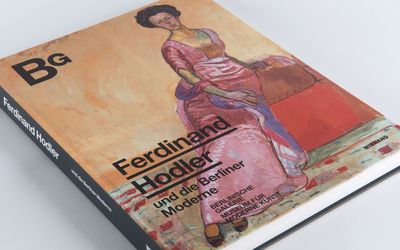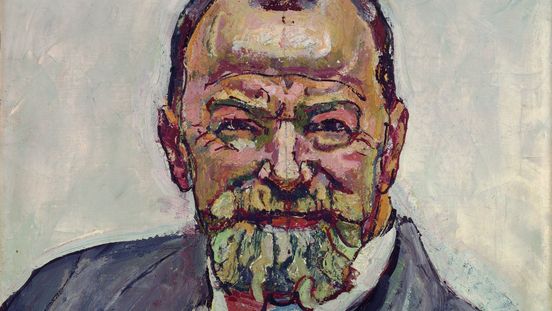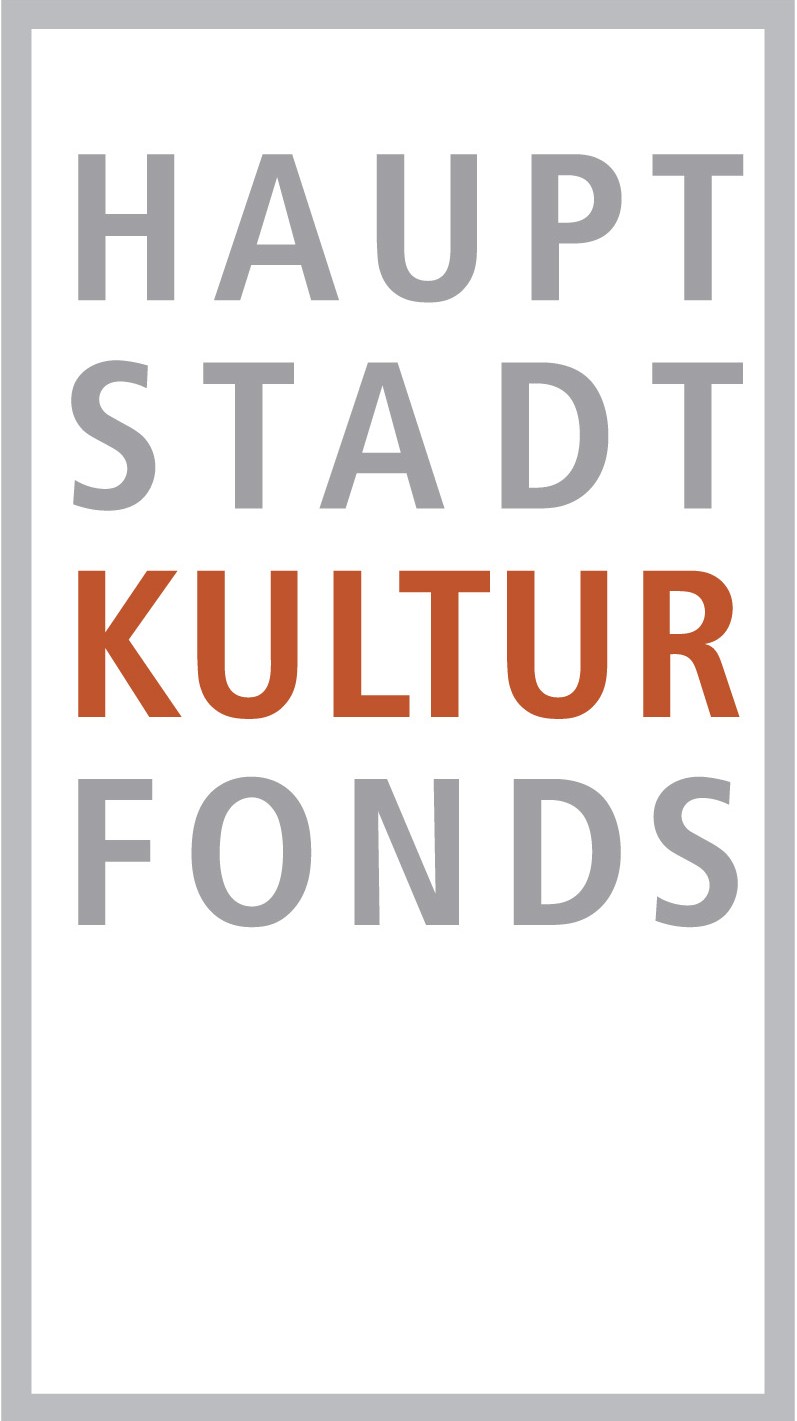The evocative figure paintings, mountain landscapes and portraits by Ferdinand Hodler (1853–1918) are modernist icons. The Swiss artist, an influential force in symbolism, drew great international acclaim even in his own lifetime. Few people realise today that Hodler’s path to fame lay through Berlin. From 1898until the outbreak of the First World War, the artistexhibited here almost annually. The exhibition “Ferdinand Hodler and Modernist Berlin” presents about 50 paintings by the artist, including 30 from the Museum of Fine Arts in Bern, the partner in this collaboration. It will also feature works by artists who exhibited with Hodler in Berlin, such as Lovis Corinth, Walter Leistikow, Hans Thoma and Julie Wolfthorn.
Contemporaries valued Hodler above all as a “master of human characterisation who could create the soul by painting the body,” as the artist Paul Klee noted in 1911. Hodler wanted to combine simplicity with grandeur. Even now, viewers are captivated by the timeless grace of his dancers and young men with their graceful postures and tender expressions. They seem archaic, often earnest, and yet spirited, full of life and lightness. Hodler drew for his art on nature, of which people were a part. His figures and mountains breathe a cold, clear air. The artist, as Hodler himself put it in a programmatic text, “reveals nature magnified and simplified, liberated from detail”.
Today Ferdinand Hodler is undoubtedly the most popular of all Swiss painters and is regarded alongside Paul Cézanne, Vincent van Gogh and Edvard Munch as a key player in modern art. The last time that Berlin hosted a major display of his work was in 1983. The exhibition at the Berlinische Galerie will be the first to present the artist as a firm force in Berlin’s modernism. Awaiting discovery is a selection that brings together significant symbolist figure paintings, such as those that founded Hodler’s success in the imperial German capital, with his distinctive Alpine landscapes and outstanding portraits, much admired by his Berlin audience at the time: “To the Künstlerbund show. Strongest impression Hodler,” the influential collector and patron Harry Graf Kessler jotted in his diary in 1905.
The exhibition “Ferdinand Hodler and Modernist Berlin” traces the Swiss artist’s career on the Spree. His works were shown first at the Great Berlin Art Exhibition, then at the Berlin Secession and in prestigious city galleries such as the salons of Fritz Gurlitt and Paul Cassirer. In his own day, Hodler was already perceived as a typical exhibition artist, building a reputation beyond the borders of Switzerland and across Europe. After initial success back home, where Hodler’s work sparked controversy, he built contacts with Paris, Munich, Vienna and Berlin, where his art was shown in the context of leading avant-garde associations.
In Berlin, where a sober Prussian mentality predominated, Hodler struggled at first with his symbolist figurative paintings. This Swiss artist had a polarising impact. Artists open to modernist trends were enthusiastic. The broader public in the city, who were only just becoming acquainted with naturalism and impressionism, were won over gradually. Acceptance grew when gallery owner Paul Cassirer included Hodler’s early naturalist paintings and his portraits and landscapes in a group exhibition held in 1907. It was Cassirer, too, who devoted a big monographic exhibition to Hodler in 1911. This extensive travelling show, which took in Cologne, Frankfurt am Main, Berlin and Munich, lent space to every facet of Hodler’s oeuvre, but highlighted the landscapes that were so popular among collectors.
Halfway through the first decade of the 19th century, expressionism began to make its mark in Berlin. This led to a paradigm and generation shift in the city’s art scene around 1910/11. Hodler’s figures with their highly-charged outlines – which today we might associate with comics – and his free use of colour and form were seen even then to be paving the way for expressionism and abstract art. When, just after the First World War broke out, the Swiss citizen joined other artists and intellectuals in Geneva in signing a protest against the shelling of Reims Cathedral by German troops, a wave of indignation ensued in Germany. The press branded it the “Hodler affair” and as a consequence Hodler was expelled from associations of German artists. By the time the war was over, however, the artist – who died in May 1918 – had been largely rehabilitated in Germany.
A catalogue in German and English will be published by Wienand Verlag to accompany the exhibition. A free audio guide in German and English will be available for the exhibition.
#FerdinandHodlerBG
Trailer
Digital programme
Parallax in 5
The exhibition is a cooperation between the Berlinische Galerie and the Kunstmuseum Bern. It is under the patronage of His Excellency Dr. Paul R. Seger, Ambassador of Switzerland to the Federal Republic of Germany. It takes place in the context of Berlin Art Week and is funded by the Capital Cultural Fund 2021, the Kulturstiftung der Länder and the Ernst von Siemens Kunststiftung.













